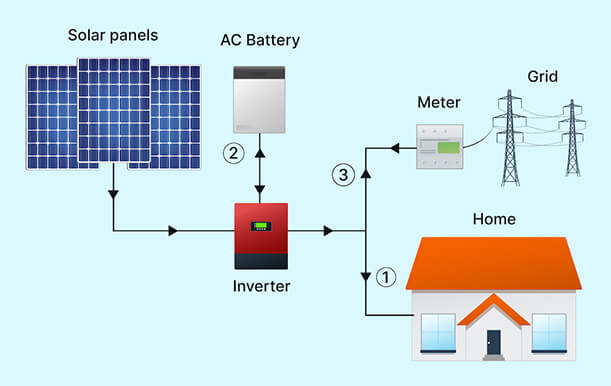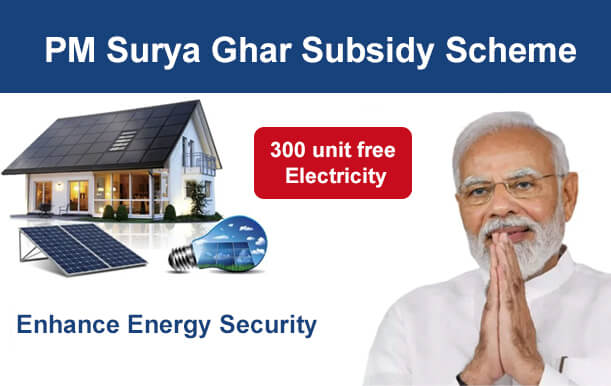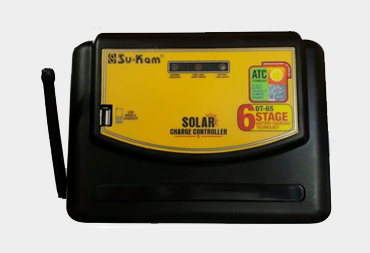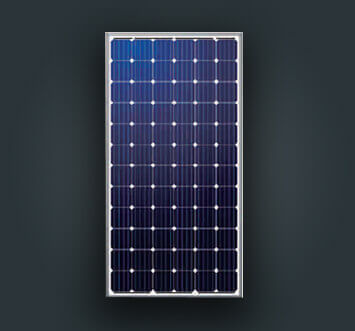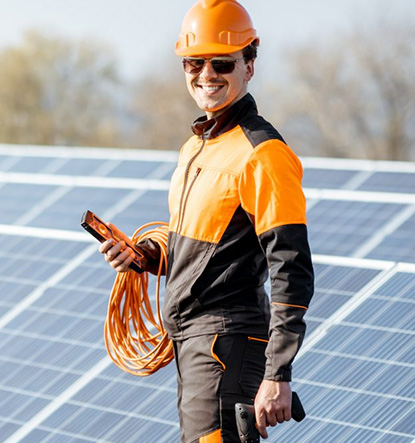The Working Principle of Hybrid Solar Power Plants
As the global energy landscape shifts towards sustainability, hybrid solar power plants have
emerged as a promising solution to enhance the reliability and efficiency of renewable energy
systems. These plants combine solar power with other energy sources to ensure a continuous
and stable electricity supply, addressing the intermittent nature of solar energy. This article
delves into the working principles of hybrid solar power plants, their components, and their
advantages in the energy sector.
Understanding Hybrid Solar Power Plants
Hybrid solar power plants integrate solar photovoltaic (PV) systems with other energy
generation sources, typically including wind turbines, diesel generators, and battery storage
systems. This combination allows for a more consistent and reliable energy supply, making it
possible to meet energy demands even when solar power generation is low.
Components of a Hybrid Solar Power Plant
- Solar Photovoltaic (PV) Panels:
(a),Function: Convert sunlight directly into electricity using semiconductor
materials.
(b), Role: Serve as the primary source of renewable energy in the system. - Battery Storage Systems:
(a), Function: Store excess electricity generated by solar panels and other sources
for later use.
(b), Role: Balance supply and demand, store surplus energy during peak
production periods, and provide power during low production periods. - Inverters:
(a), Function: Convert direct current (DC) generated by solar panels into
alternating current (AC) used by most electrical appliances.
(b), Role: Ensure the electricity generated is compatible with the grid and local
consumption needs. - Energy Management System (EMS):
(a), Function: Monitor and control the operation of all components within the
hybrid system.
(b), Role: Optimize energy production, storage, and distribution to ensure efficient
operation and reliable power supply.
Working Principle of Hybrid Solar Power Plants
The operation of a hybrid solar power plant is characterized by the seamless integration and
coordination of its various components to maintain a consistent energy output. The working
principle can be summarized as follows:
- Solar Energy Generation:
During daylight hours, solar PV panels capture sunlight and convert it into
electricity. This electricity can either be used immediately to meet local energy
demands or stored in battery storage systems for later use. - Energy Storage and Usage:
Excess electricity generated by solar panels is stored in battery systems. These
batteries provide a reserve of energy that can be tapped into when renewable
energy generation is insufficient to meet demand. - Energy Management and Distribution:
The EMS continuously monitors energy production, storage levels, and
consumption patterns. It intelligently manages the distribution of electricity,
prioritizing the use of renewable energy sources and minimizing reliance on
diesel generators. The EMS ensures optimal performance, efficiency, and
reliability of the hybrid system.
Advantages of Hybrid Solar Power Plants
- Enhanced Reliability:
By combining multiple energy sources, hybrid solar power plants ensure a
more reliable and consistent power supply, reducing the risk of blackouts and
power shortages. - Increased Efficiency:
The integration of energy storage systems and intelligent energy management
optimizes the use of renewable energy, reducing waste and improving overall
efficiency. - Cost Savings:
Reduced reliance on diesel generators and optimized energy production lower
operational costs, making hybrid systems economically attractive in the long
run. - Environmental Benefits:
Hybrid systems reduce carbon emissions by maximizing the use of renewable
energy sources and minimizing the need for fossil fuel-based generation. - Scalability and Flexibility:
Hybrid solar power plants can be scaled up or down based on energy needs
and can be tailored to specific geographic and climatic conditions, making
them versatile for various applications.
Conclusion
Hybrid solar power plants represent a significant advancement in renewable energy
technology, offering a practical solution to the intermittency challenges of solar power. By
integrating solar PV with wind turbines, diesel generators, and battery storage systems, these
plants provide a reliable, efficient, and environmentally friendly energy

